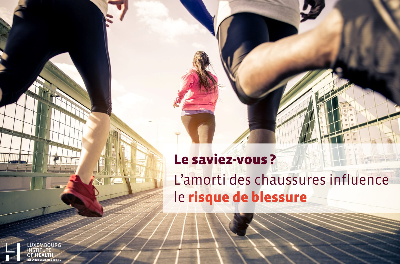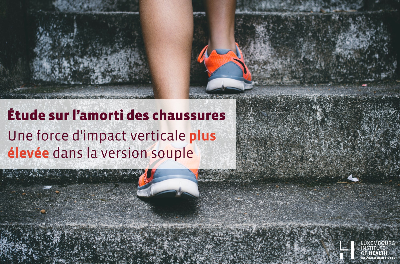
©
Люксембурзький інститут здоров’я (LIH) у співпраці з брендом Decathlon розпочав масштабне дослідження впливу амортизації взуття на ризик спортивних травм. У межах шестимісячної ініціативи понад тисяча учасників отримають безкоштовні пари бігових кросівок і ділитимуться даними про тренування за допомогою спортивного годинника та спеціального додатку. Це вже друга подібна спроба: у 2020 році спільна програма виявила, що недостатня амортизація підвищує ризик травм майже вдвічі — особливо серед легких бігунів. Найчастіше страждали щиколотки, коліна та литки. Нове дослідження зосередиться на сучасних моделях із м’якими пінними вставками, що покращують підтримку стопи ззаду і спереду. Науковці сподіваються, що ці результати допоможуть оптимізувати дизайн бігового взуття — не лише для зниження травматизму, але й для покращення результатів. Для участі потрібні бігуни будь-якого рівня віком від 18 до 65 років, які тренуються хоча б раз на тиждень і готові використовувати дослідницьке взуття виключно для бігу. Вага тіла та досвід значення не мають — головне, аби кросівки використовувалися регулярно. Деталі та форму реєстрації оприлюднено на сайті інституту.
Des scientifiques luxembourgeois étudient l'influence des chaussures de course sur les blessures
The Luxembourg Institute of Health (LIH), in collaboration with sports brand Decathlon, has launched a large-scale study to examine how shoe cushioning impacts the risk of sports injuries. As part of the six-month initiative, over a thousand participants will receive free running shoes and share their training data using a smartwatch and a dedicated app. This is the second study of its kind. In 2020, a joint LIH and Decathlon program found that insufficient cushioning nearly doubled the risk of injury — particularly among lighter runners. Ankles, knees, and calves were the most frequently affected areas. The new research focuses on modern shoe models equipped with soft foam inserts that enhance support at the front and rear of the foot. Scientists hope the findings will help improve shoe design — not only to reduce injuries but also to enhance performance. Participants must be runners of any skill level, aged 18 to 65, who train at least once a week and agree to use the research shoes exclusively for running. Body weight and experience don’t matter — the key is consistent use. More details and the registration form are available on the institute’s website.

©
1258